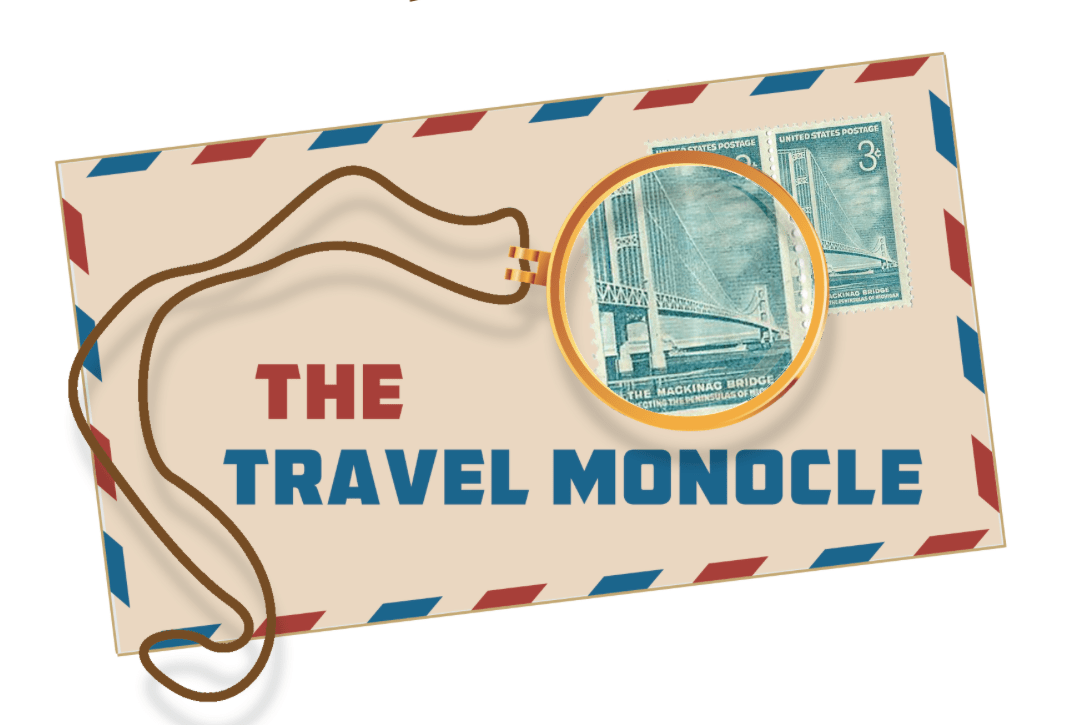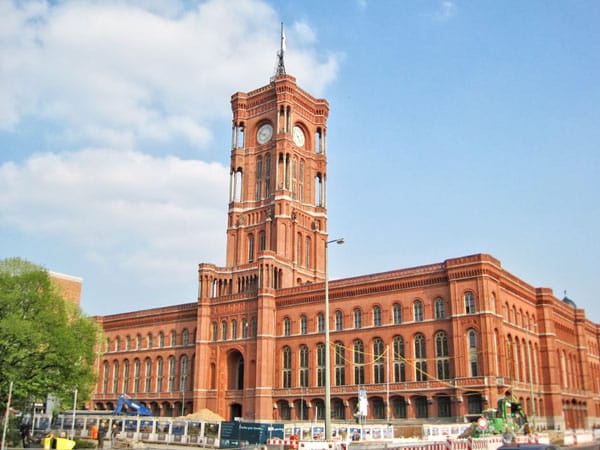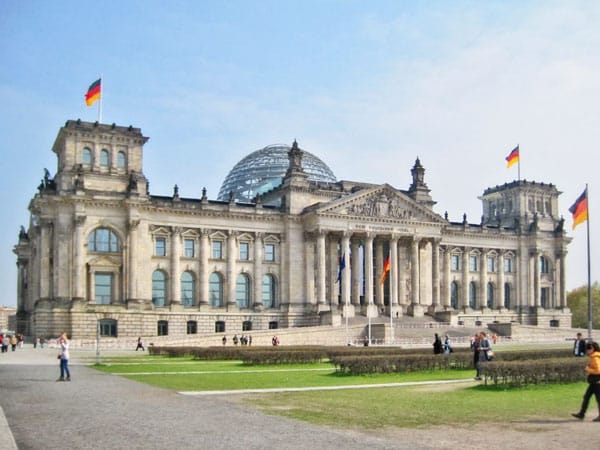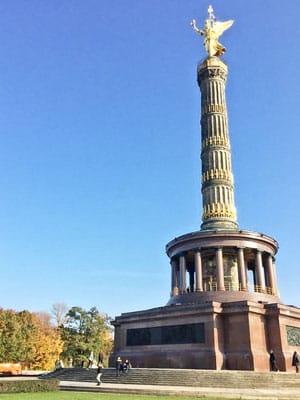Berlin: Resurrected Colossus


Berlin’s Red Town Hall, seat of the mayor of Berlin. Built 1861-69 in Italian renaissance style.
Article and photos by Joe Gschwendtner
To visit Paris, London, or even Rome for a week or so is fashionable. Each packs a wallop of culture, green space, architecture, and history. For a place like no other, try Berlin; it will rock you. No city has ever been bombed, pillaged, raped, sliced in half, infested with spies and been at war with itself for nearly 30 years, then only to recover its glory again as the capital of a 3.5 trillion dollar economy. To understand and absorb the last 150 years is a roller coaster ride worth taking.
A Middle Ages population center, Berlin gained significance in 1701 when Frederick I crowned himself King of Prussia. He promptly declared Berlin the capital of the province commissioning Charlottenburg Castle as his residence. Frederick II (the Great) later ruled for 46 years. Family monarchs presided for well over a century thereafter. As Prussia grew, Berlin prospered.
In 1862, King Wilhelm I appointed Otto von Bismarck president and Teutonic militarism reappeared. After three short victorious wars, ending with the Franco-Prussian, Bismarck unified the 25 Germany states with a confederation in 1871. As King of Prussia he also became the German Emperor and Berlin the Imperial Capital. During his years of influence through 1897, some of Berlin’s greatest architectural works were built: the New Synagogue, National Gallery, Kaiser Wilhelm (Gedachtnis) Church, City Hall, Victory Column, the Reichstag, and most buildings on Museum Island. For those culture and history driven, viewing these works is essential.
The Reichstag opened in 1894 and was devastated in WWII. After massive rehabilitation, it is the meeting place of the German parliament today.
After Bismarck, Berlin-governed Germany grew in power, dominating the continent. But bickering among four conflicted power bases limited further expansionist efforts. Germany was at peace, but not with itself. When Germany was drawn into World War I through its alliance with Austria-Hungary she was ill-prepared and the conflict stoked mixed emotions among its populace. After suffering a disastrous defeat, insult was added to injury with stifling reparations.
Under allied pressure, a new state, the second (Weimar Republic) was formed and a constitution issued in 1919. This period was to become the worst and occasionally, the best of times. Hyperinflation set in over the following decade and the Deutsche Mark was devalued almost daily. People were starving everywhere. I am deeply invested in this moment as my father, a gaunt 16-year-old apprentice butcher bade his country farewell in 1927.
For Berliners in the early 30s, life was a cabaret; many lived an in-the-moment carefree life often with willful ignorance of the rising National-Socialist (Nazi) party and its jackbooted miscreant, Adolph Hitler. When it came, World War II made Berlin the center of it all. When it ended, the city was a study in utter ruin. Restoration was slow and painful, piece by piece. The laborers? Mostly women, the bulk of them either widowed and/or violated by occupying Russian soldiers.
For war buffs, the city is a museum: bullet marks still impossible to hide, mountains of rubble, underground shelters, the infamous Führerbunker (Hitler headquarters), Adlon Hotel and Russian tanks. After viewing pictures of Berlin’s final moments at the Reichstag, stand on its steps yourself; the moment is nearly palpable.
The Siegessaule (Victory Column) commemorating Prussian victories in three separate wars against Denmark, France and Austria in late 1800s.

Next, part two: Phoenix and Buzzard – Residue of the Cold War environment …